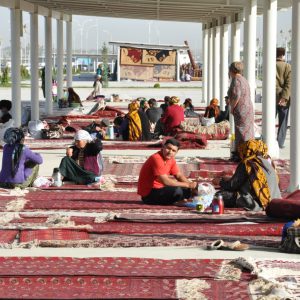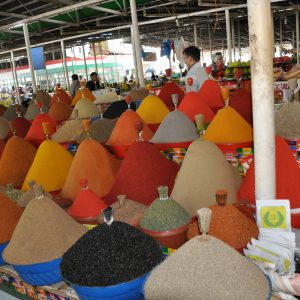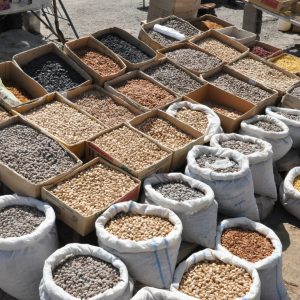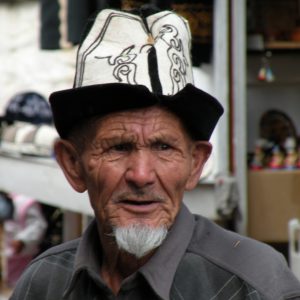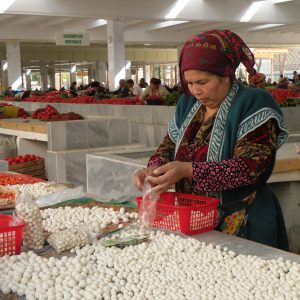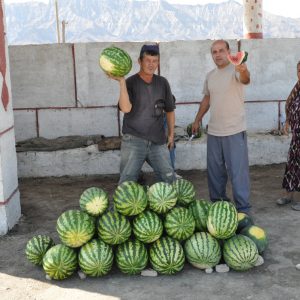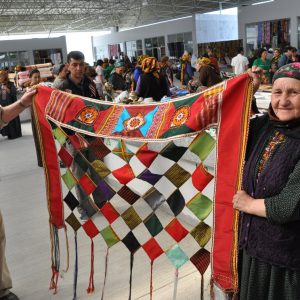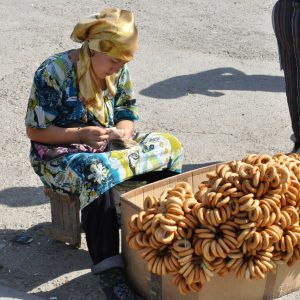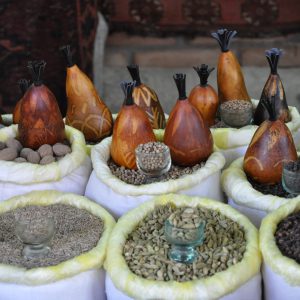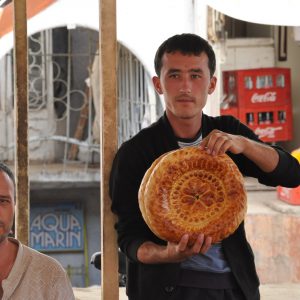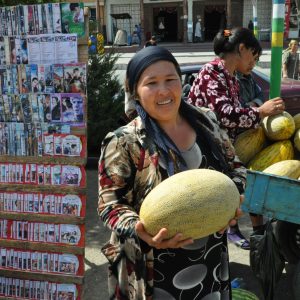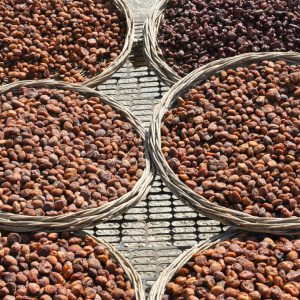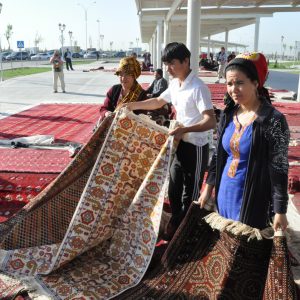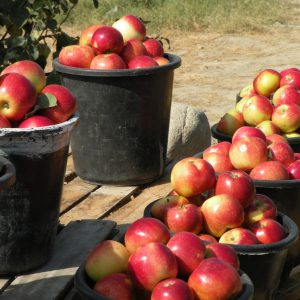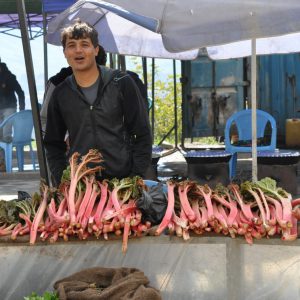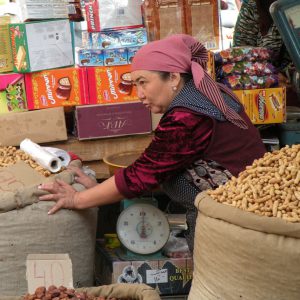Siab bazaar
Siab bazaar in the heart of Samarkand (Uzbekistan) is named after ancient Siab citadel and Siab river flowing here. It is one of the oldest and the largest bazaars in Central Asia. Siab's essential advantage is its location in the heart of the old part of Samarkand right by the Bibi Khanum mosque. So a visit there will easily fit in any itinerary giving a great insight into the real life and oriental flavour.
Urgut bazaar
Only half an hour drive from Samarkand (Uzbekistan) will bring you to an authentic rural bazaar located in a small town of Urgut. Although the town is small, the bazaar is the largest in the area. It seems that the atmosphere here has not change for ages. Here you can buy everything from food to souvenirs and textiles, and you can get prices lower than in Samarkand if you bargain well.
Kumtepa bazaar
Kumtepa bazaar in the town of Margilan (Uzbekistan) is a special place for textile lovers. Basically this bazaar is for locals, you won't meet many tourists there. Opened on Sundays and Thursdays, Kumpepa bazaar offers enormous range of traditional clothing, colorful silk and other textile at very good prices. As the bazaar is not in a very tourist place, you will not see many souvenirs but will find a wide assortment of goods sold to local people. And here of course you will feel and see the oriental bazaar as it is.
Chorsu bazaar
Chorsu Bazaar is an old bazaar located in the old part of Tashkent (Uzbekistan) and was an important trading point on the Silk Road. Nowadays being one of the largest bazaars in Uzbekistan, it is probably not as authentic and special as other bazaars from this list. But it is definitely a good choice for those who by chance did not have time to see any other bazaars throughout the trip. If a trip is finishing in Tashkent and the group did not have other experiences like that, it's good to spend some extra hour and see Chorsu bazaar. This large market place full of various local goods and noisy loudly bargaining people offers great impressions of what a real oriental market is.
Altyn Asyr (Tolkuchka) bazaar
Tolkuchka bazaar which is officialy named Altyn Asyr is locates in Ashgabat. It is the largest one in Turkmenistan. Although after the reconstruction of the premises it lost some chaotic charm, it is still an oriental marked, with it's endless rows of brightly colored national clothes, carpets and textiles, with tricky sellers and loudly bargaining buyers. There are not so many bazaars in Central Asia where you can buy animals. Well, in Tolkuchka bazaar in Ashgabat, apart from "whatever-you-need" you can easily buy horses, camels or sheep.

